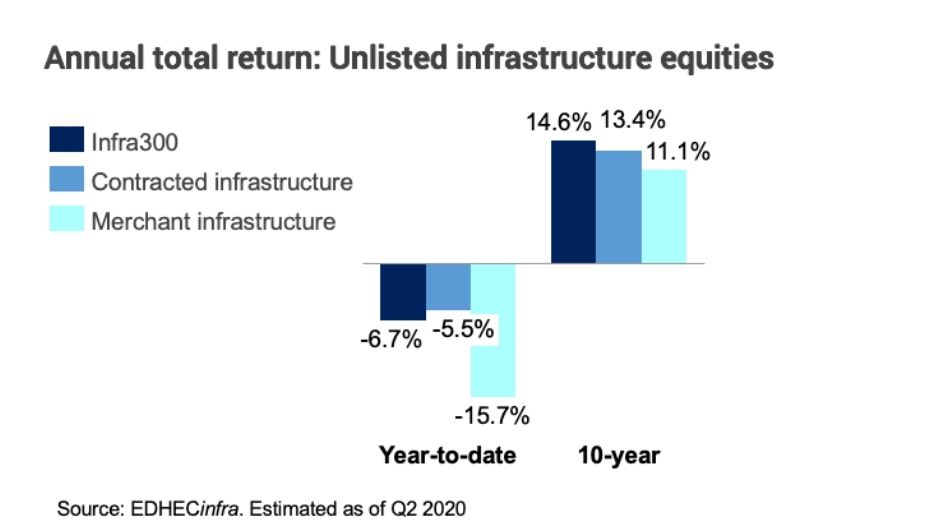1314 results found
Featured results



More results

The value of private investment in PPP infrastructure has gradually declined over the past decade.



Globally, foreign equity in private infrastructure deals amounted to around 12% of total private infrastructure investment over the past decade, with Sub-Saharan Africa having a particularly high reliance on foreign equity.



Sustainable low-carbon private investments have intensified in high-income countries. To strengthen global response to combat climate change, such investments must be accelerated in developing countries.



Private infrastructure investment in low-income countries is almost entirely denominated in foreign currencies, implying a structural foreign exchange risk for investors.



Over the past decade, about three-quarters of private infrastructure investment globally was debt financed, and about a quarter was equity financed.



Infrastructure equities have an attractive risk-return profile providing a competitive alternative to other investment options.



Merchant infrastructure, larger investors and the transport sector have experienced larger declines in returns due to COVID-19.



Infrastructure equities have an attractive risk-return profile providing a competitive alternative to other investment options.



Merchant infrastructure, larger investors and the transport sector have experienced larger declines in returns due to COVID-19.


Good governance is key to excellence in infrastructure development. These five countries are showing the way.
Find out how the Inter-American Development Bank’s latest flagship report offers a sound methodology on ensuring infrastructure development fundamentally transforms people’s lives of people.
Find out what implications data infrastructure will have have on business models and infrastructure delivery in the future.
Low-cost, rapid tech solution for refugee camps and global urbanisation takes home InfraChallenge 2020
Increased adoption of digital infrastructure will allow cities, regions and their transport operators to integrate new transport modes.
In the Global Infrastructure Hub’s InfraCompass analysis, Singapore takes top honours. In fact, Asia boasts three of the top four overall performers of the eighty-one monitored countries.
South Africa is turning the pandemic into a positive force in future infrastructure planning.
Electricity investment and ICT adoption seem to be positively correlated. There is probably some degree of causation.

We asked the Top 10 teams a few questions to find out what makes them tick, key learnings from their start-up journey and what drives them.
We asked the Top 10 teams a few questions to find out what makes them tick, key learnings from their start-up journey and what drives them.
Countries that have lower levels of total infrastructure investment per capita are more likely to experience higher air pollution rates.








 Blog: How can innovative finance support inclusive outcomes?
Blog: How can innovative finance support inclusive outcomes?






